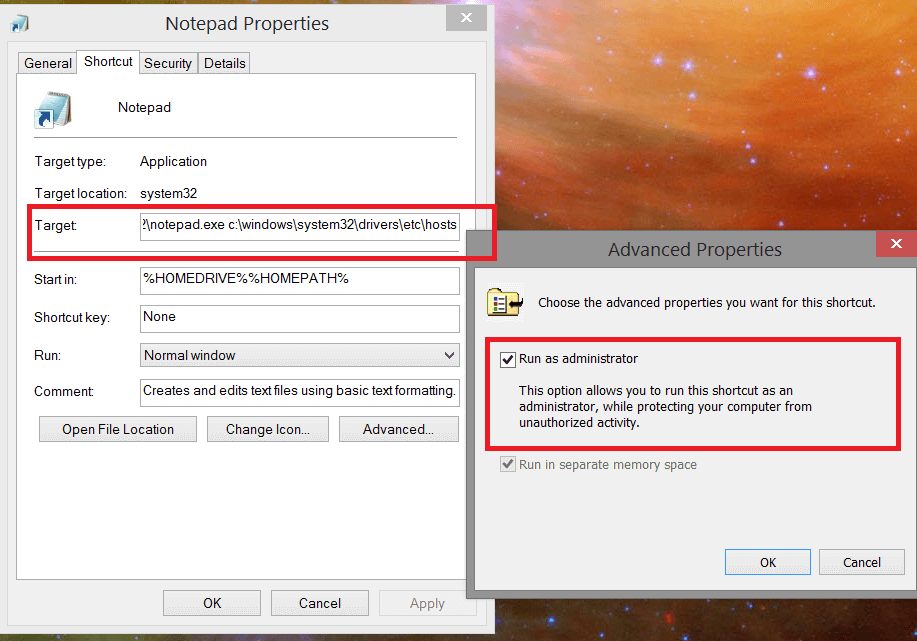

One hosts hijack deserves some extra attention, simply because of the complexity of the method that is used.

And, in what is most likely an attempt to stop people from checking their file in an online virus scan, they have decided to reroute the traffic to. This browser hijacker uses a lot of tricks and one of them are semi-randomized file-and-folder names. So, the malware did not alter a hosts file that existed on the system, but planted a hosts file that they downloaded and altered first.Īnother that caught my attention is one that we have discussed before for another reason.
WINDOWS HOSTS FILE WINDOWS
It is equipped with the default Windows hosts file. Please note that the system on which this changed hosts file was installed by the malware does not have the MVPS hosts file before the infection. They did replace the IP 0.0.0.0 with their own 18813817135 and left it at that. The malware authors didn’t even bother to remove the header. In this screenshot, you can see the original on the left and the altered copy on the right: The hosts file in question is the MVPS hosts file, and it is altered by an adware calling itself “ Pakistani Girls Mobile Data”. One of the more blatant and ruthless methods to abuse someone else’s hard work is done by an adware that steals the hosts file that arguably is used most for ad blocking purposes and change it to redirect all the traffic to their own server. Historically, the MyDoom worm was the first to block security-related sites and Windows Update. To redirect traffic to servers of their choice: for example, by intercepting traffic to advertisement servers and replacing the advertisements with their own.Ĭonsider for example the Trojan.Qhost variant that blocked access to several security-related domains.
WINDOWS HOSTS FILE UPDATE
To block detection by security software: for example, by blocking the traffic to all the download or update servers of the most well-known security vendors.Malware uses it for their own reasons, where the two most common ones are:



 0 kommentar(er)
0 kommentar(er)
